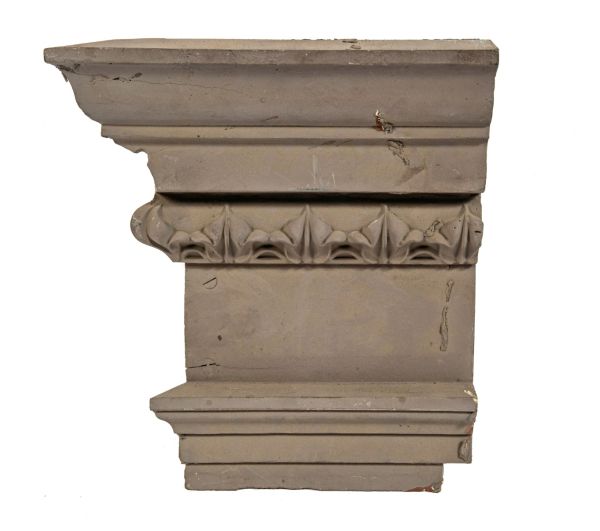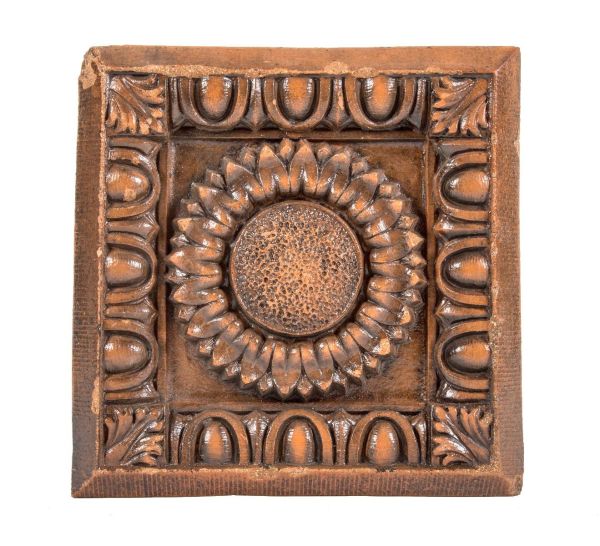original daniel d. badger cast iron ornament salvaged from george jackson's iron block (1860)
d.d. badger ironworks, new york city
a smal selection of original and faithfully recreated architectural building facade fragments (removed during prior exterior maintenance and/or restorations) joined the bldg. 51 musuem building fragment collection over the past few months. the ornament - comprised of both cast iron and aluminum - were salvaged from the five-story iron block building (1860) designed by architect george h. johnson in conjunction with the notable mid-19th century firm of daniel d. badger's architectural ironworks located in new york city.
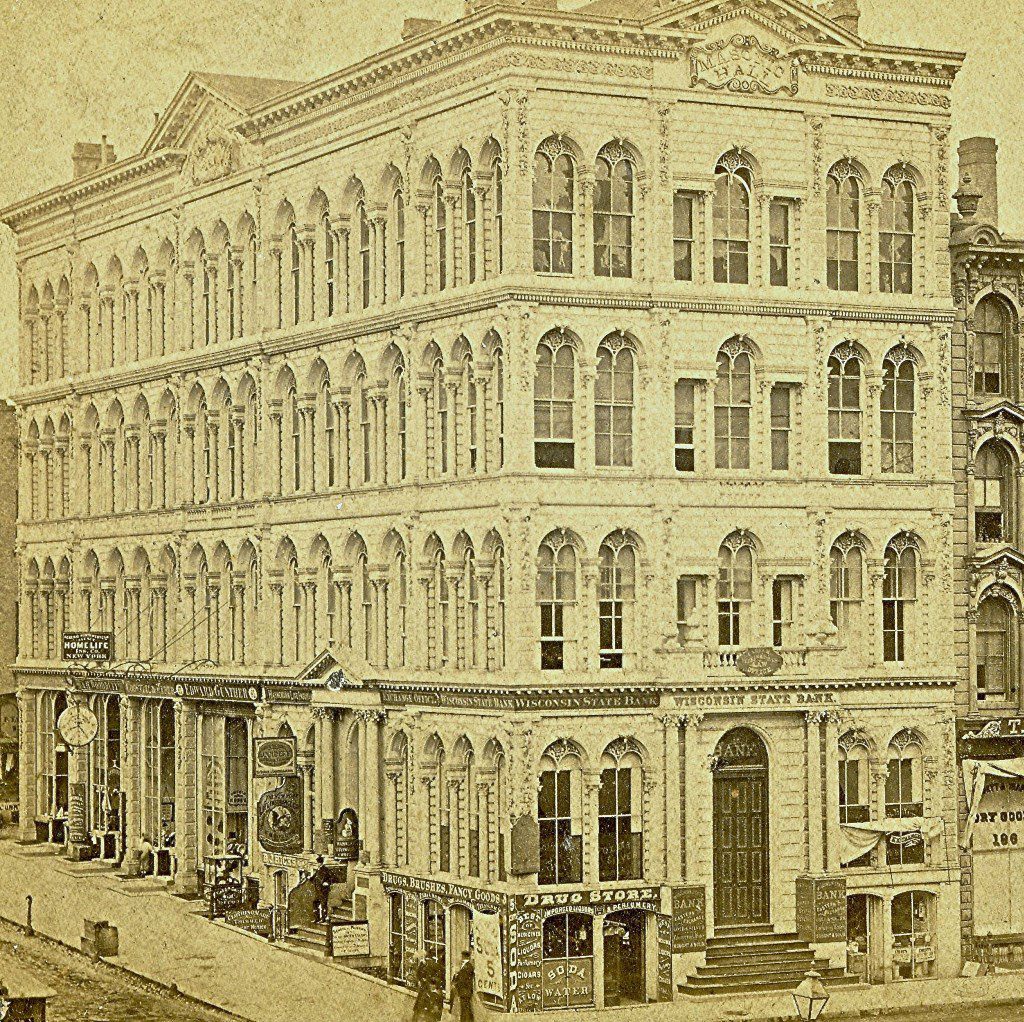
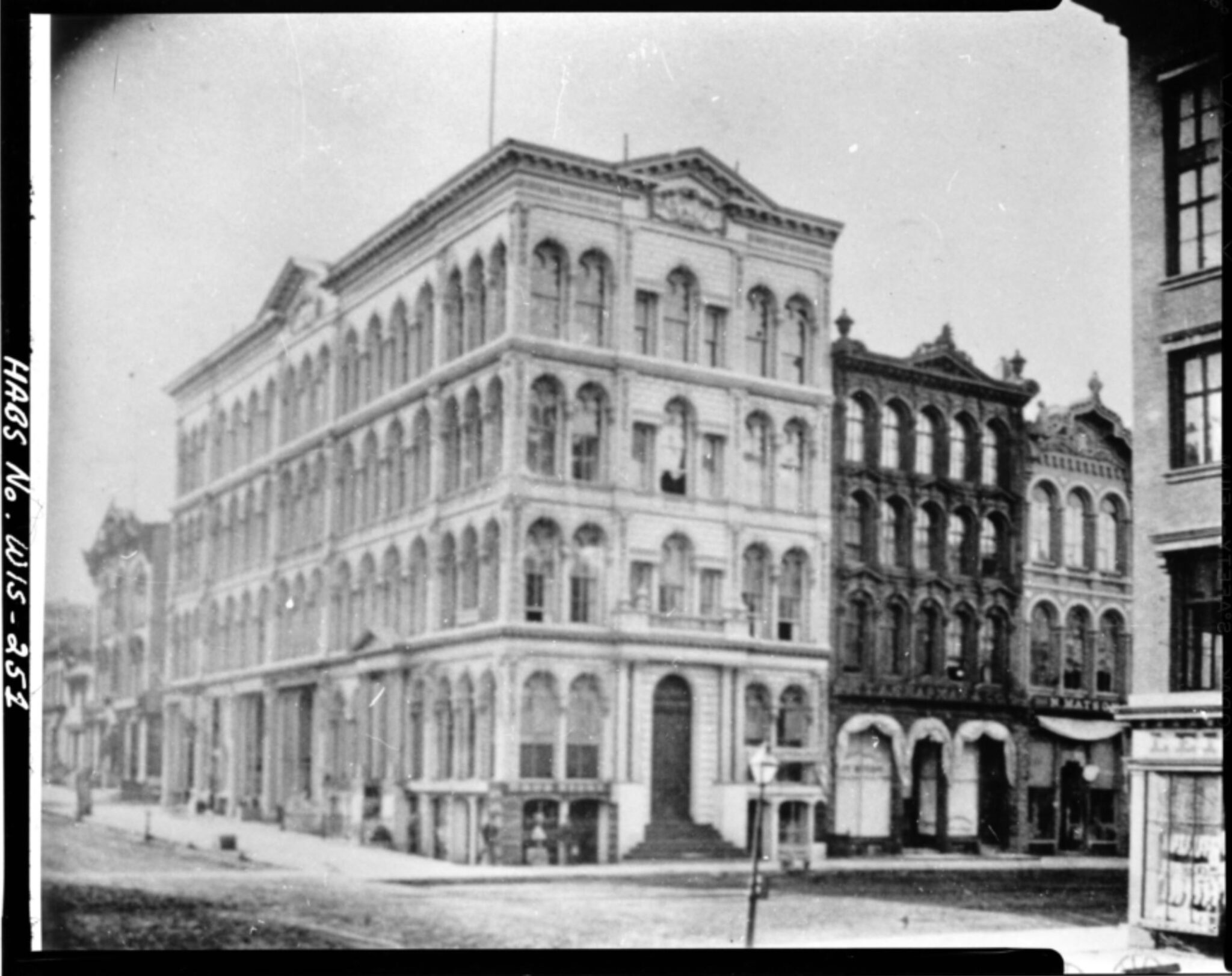
the iron block building is a five-story commercial structure with cast iron façade located in milwaukee, wisc. the 1860 building is the only surviving building in milwaukee with a cast iron face.
building developer james baynard martin moved from maryland to milwaukee in 1845, where he dealt in grain and real estate, and served as an insurance executive and banker. by 1860 he was ready to build a large speculative. commercial block in downtown milwaukee.
constructing commercial blocks or buildings adorned with ornamental cast iron facades was a common building practice in mid-19th century american cities. the exterior ornament was both durable and fire-resistant, and could be applied to a structure without the need of skilled stonemasons. martin chose that type of building, and engaged daniel d. badger's architectural iron works of new york to design it. george h. johnson designed the building, panels were cast in new york, they were transported to milwaukee by boat, and the building was constructed in 1860.
martin's italianate style building was four stories tall with the basement partially exposed at the northwest corner featured round arches above the windows resting on paired decorative columns and deeply incised iron panels made to look like blocks joined with mortar. at the top was a cornice with a shallow name block pediment in the center. beneath the cast iron, most of the underlying structure is brick and timber. the main street-level entrance suggested the roman temple, with its own pediment and entablature resting on pairs of corinthian columns.
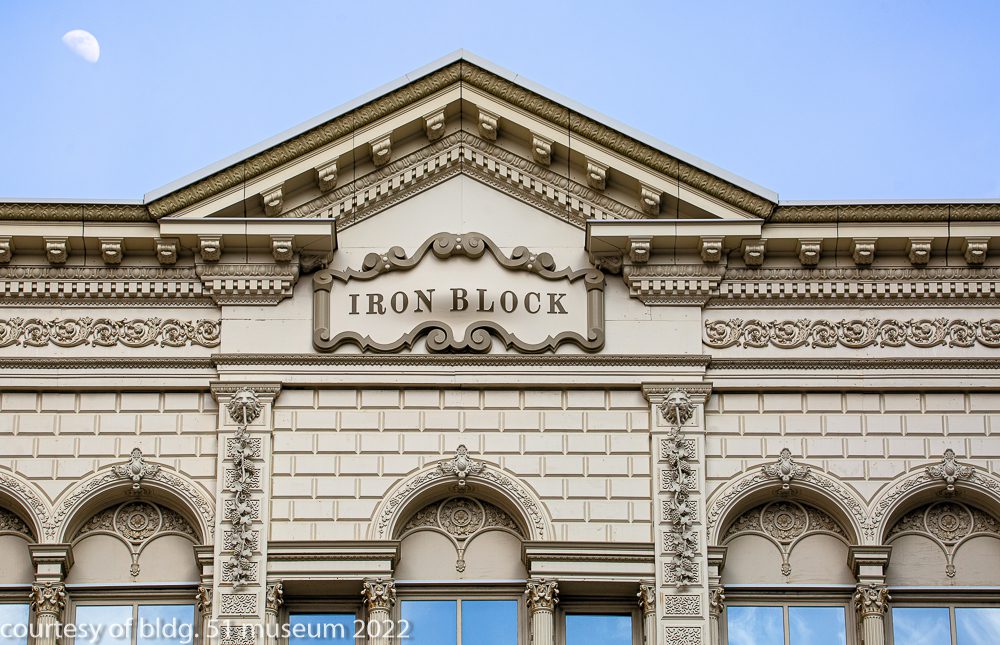
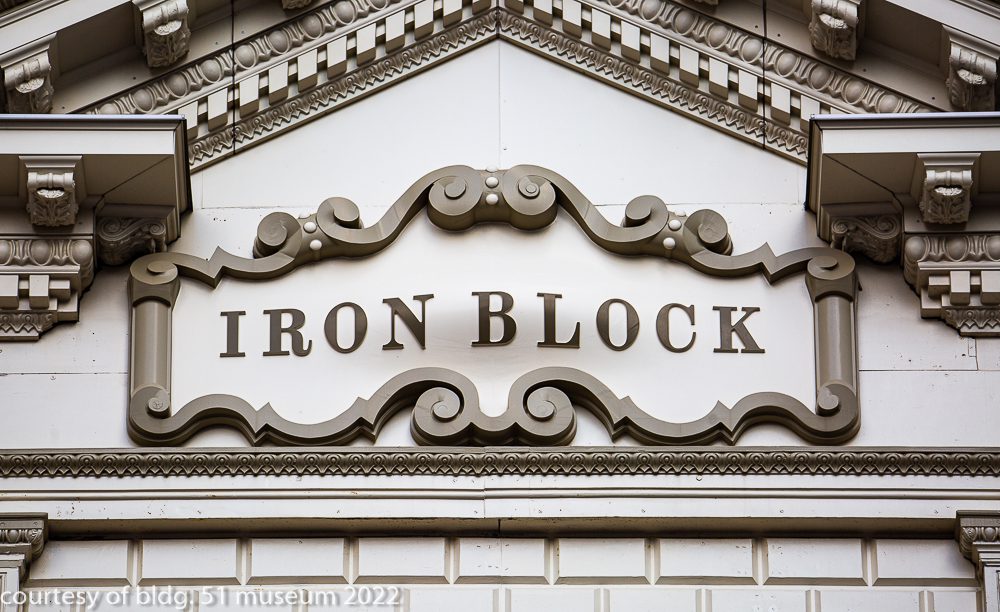
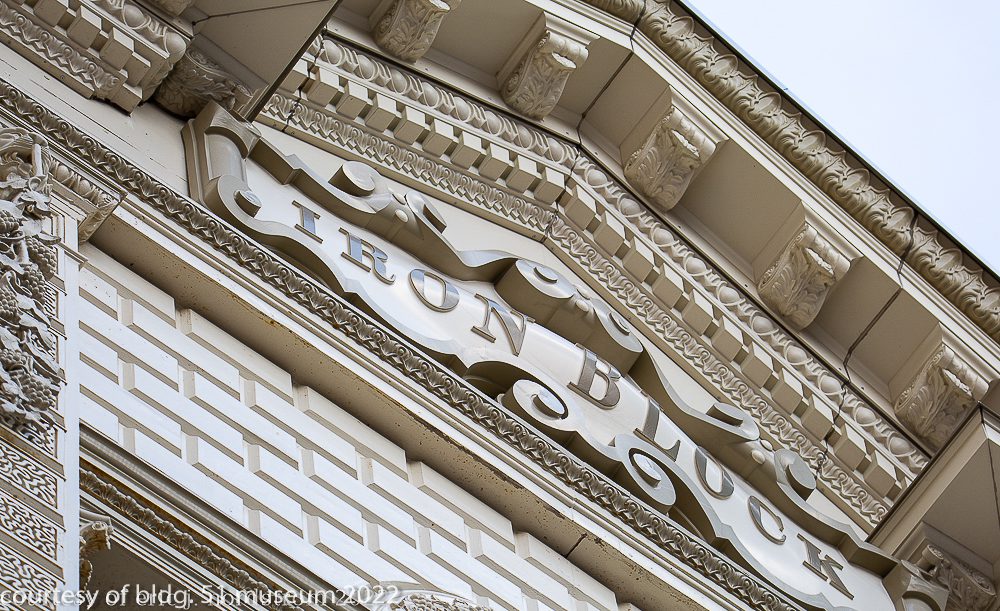
the building was initially called the excelsior block, for the excelsior lodge of masons, whose lodge was on the top floor. at street-level, the building housed four or five shops.
over the years the street-level storefronts have been modified, but the upper stories are largely intact, except that the cornice was cut back and some iron removed. around 1900 a 5-story brick addition was added on the south side. in 1984 the building was largely restored, both inside and out.
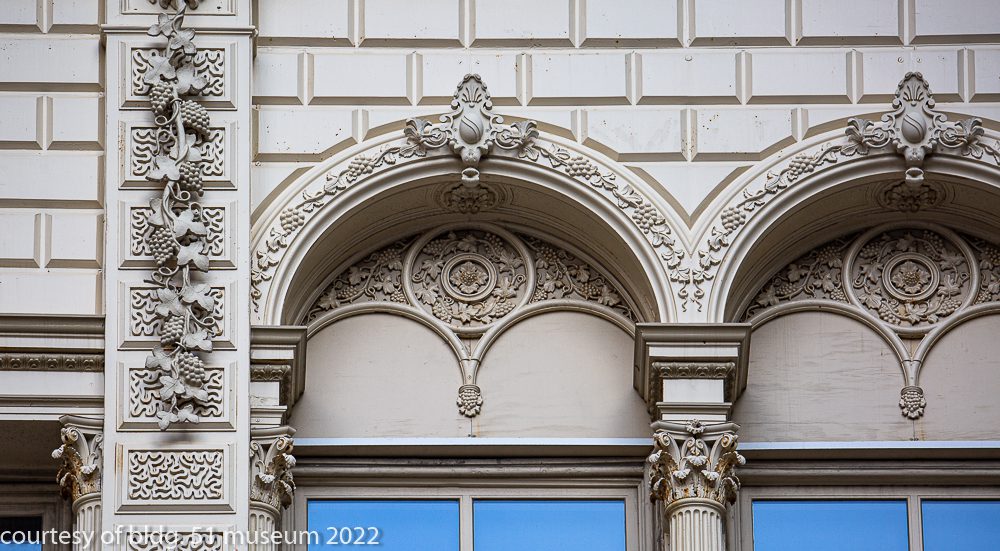
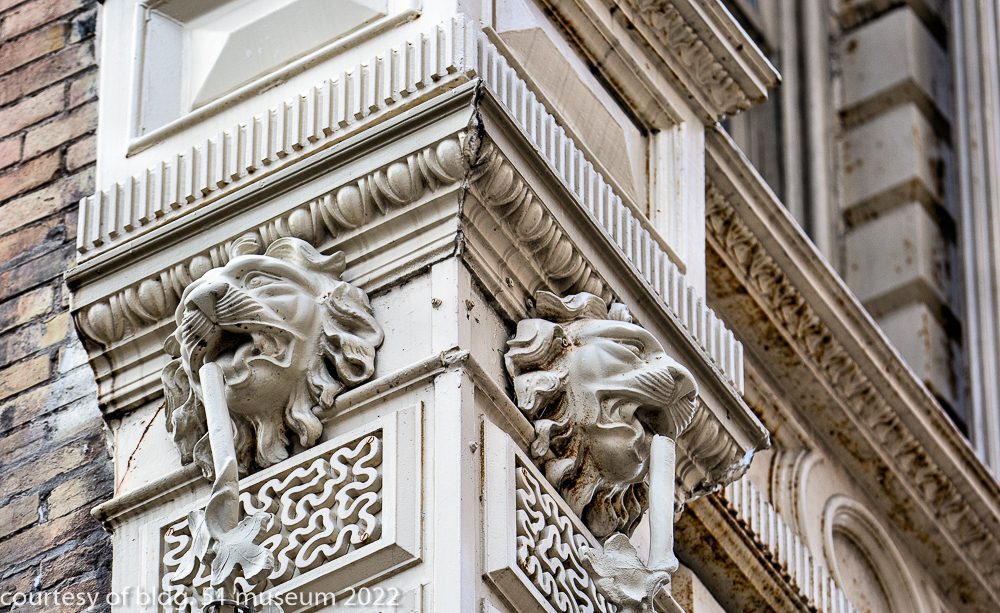
the historic american building survey (habs) considered the iron block "notable as one of milwaukee's most prominent early commercial buildings, as one of the small number of pre-civil war structures remaining in the central business district, as the city's chief example of the use of the cast-iron front, and as the work of george h. johnson, the english-born builder-architect who figured so significantly in the development of building technology a century ago.
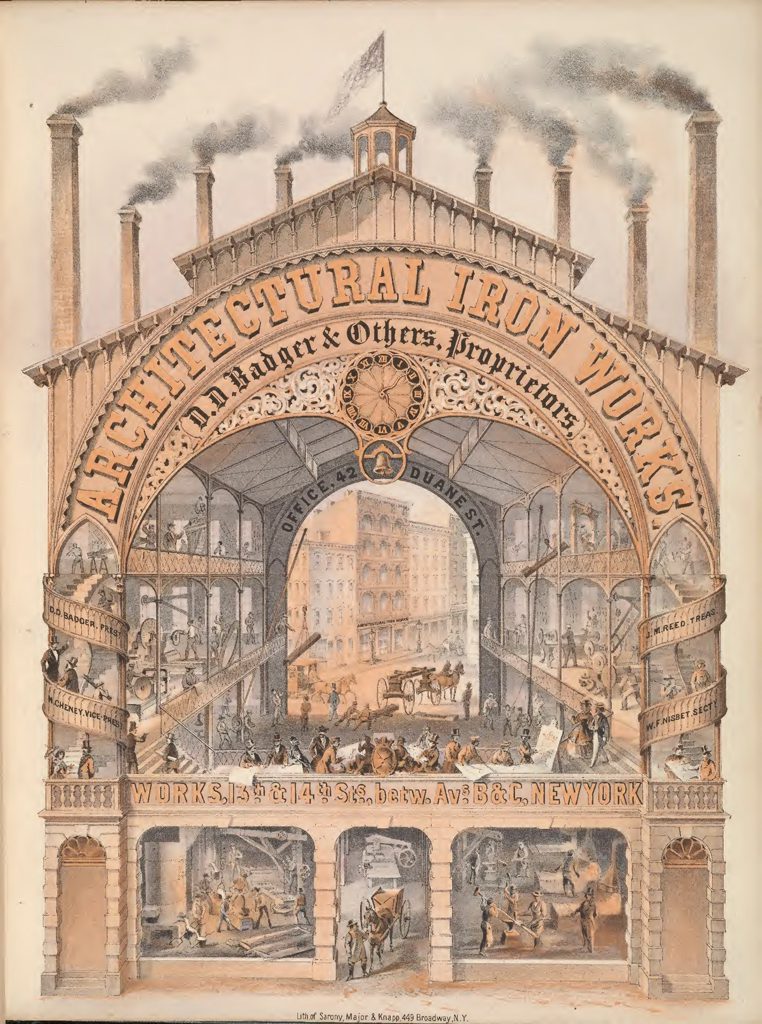
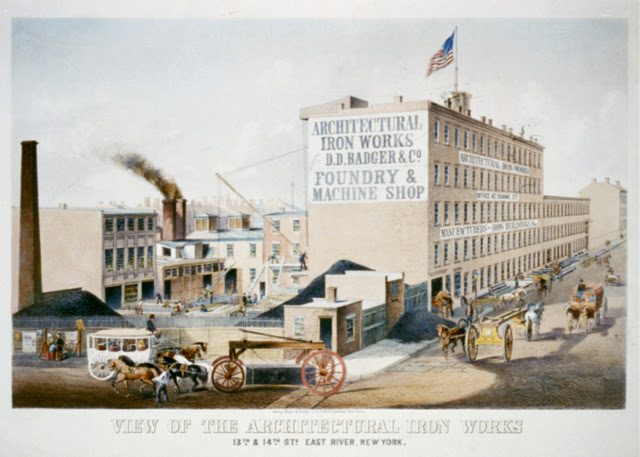
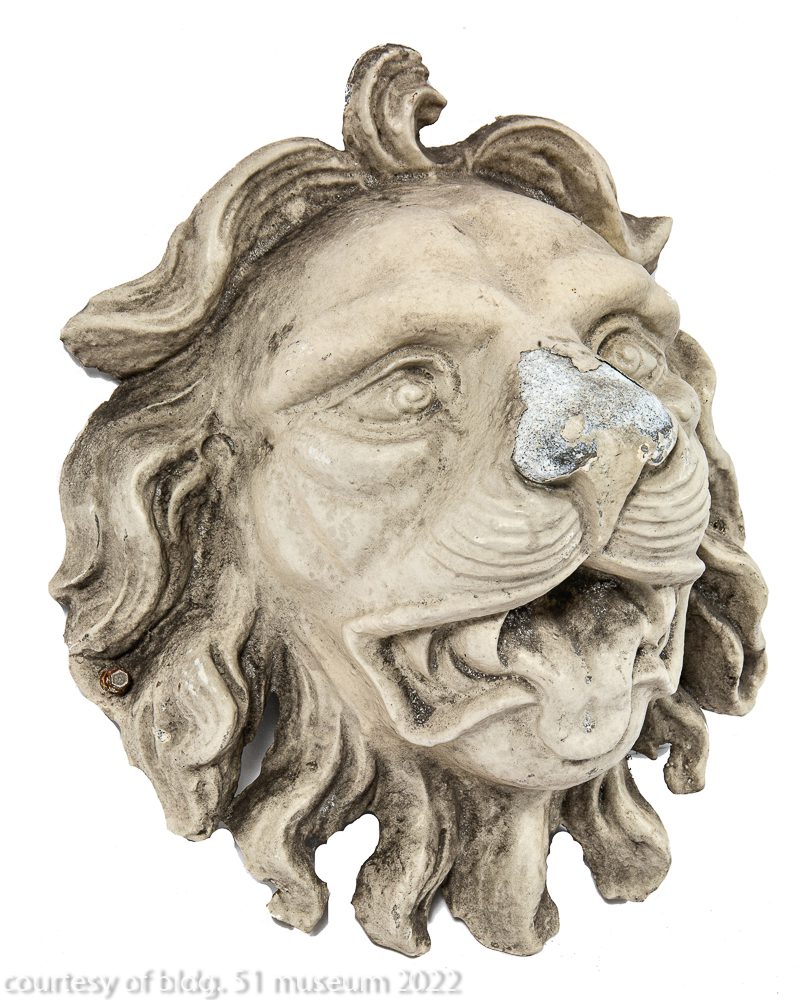
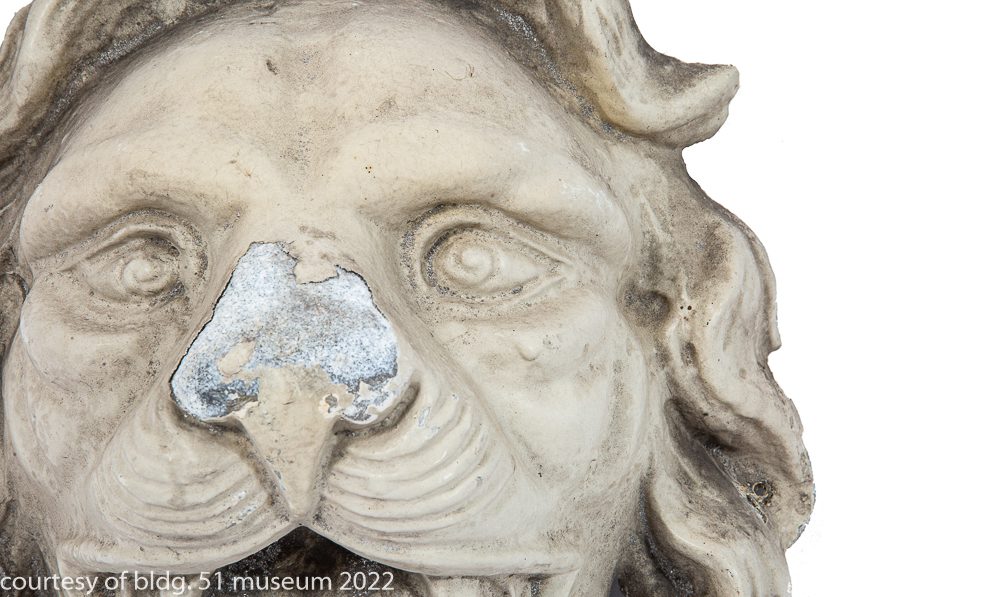
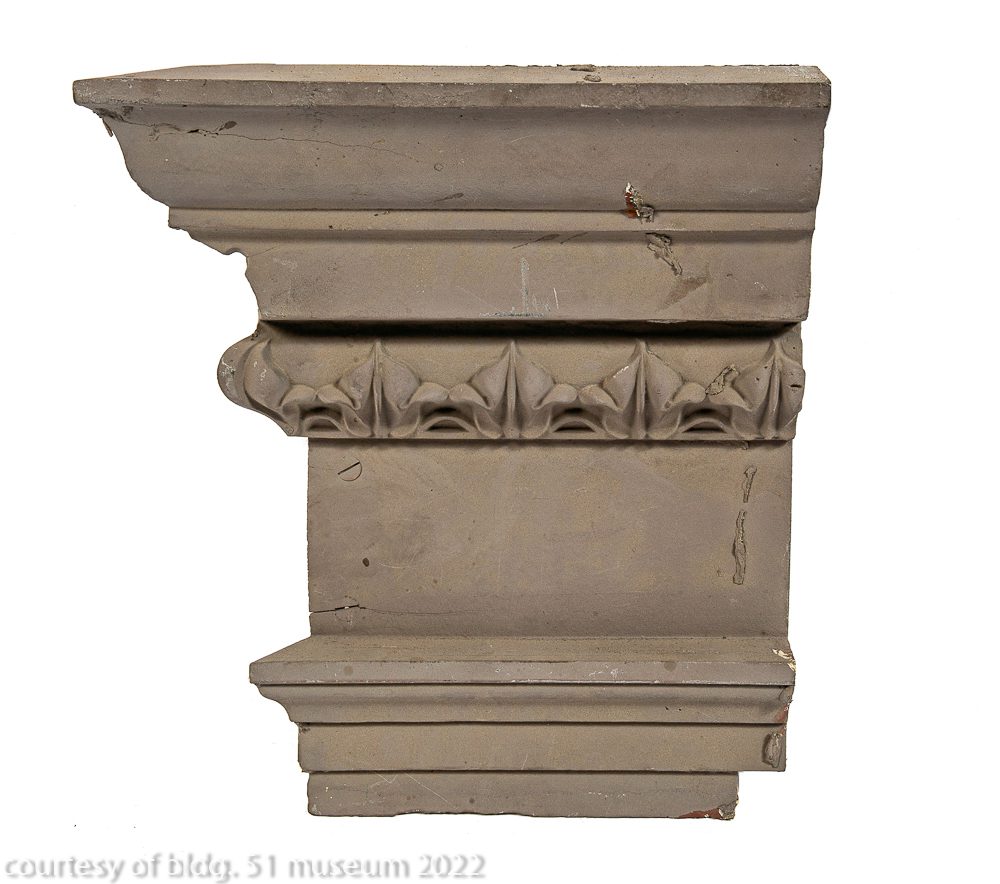
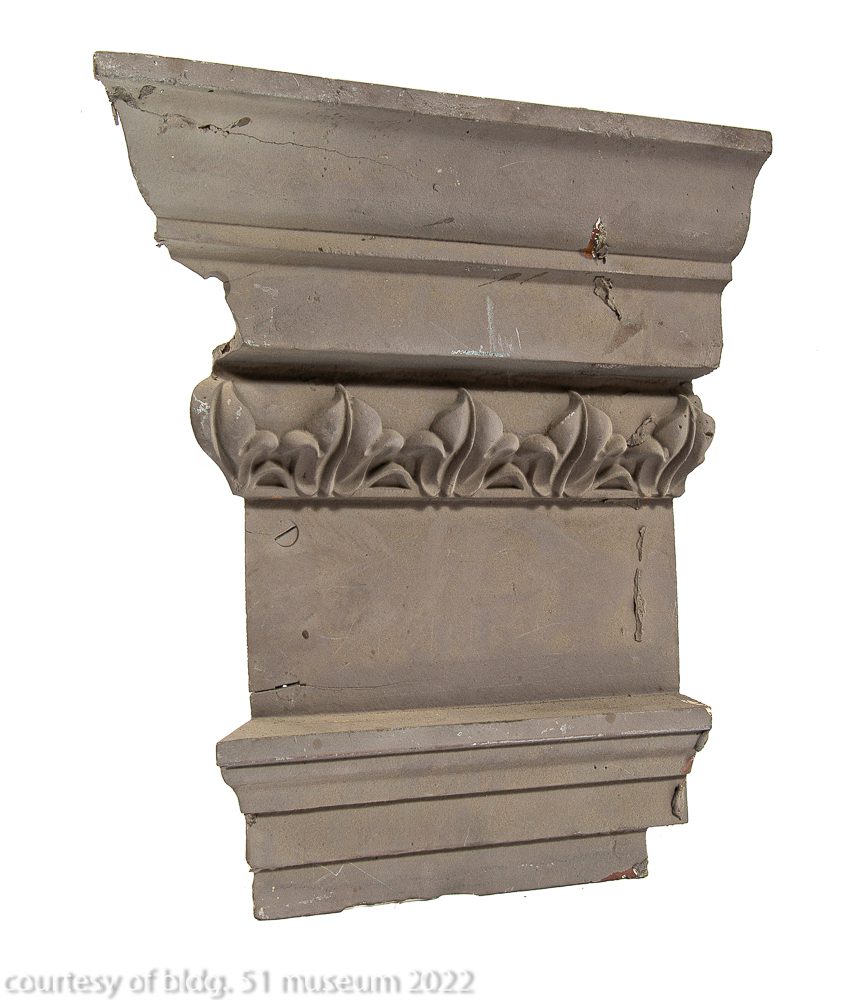
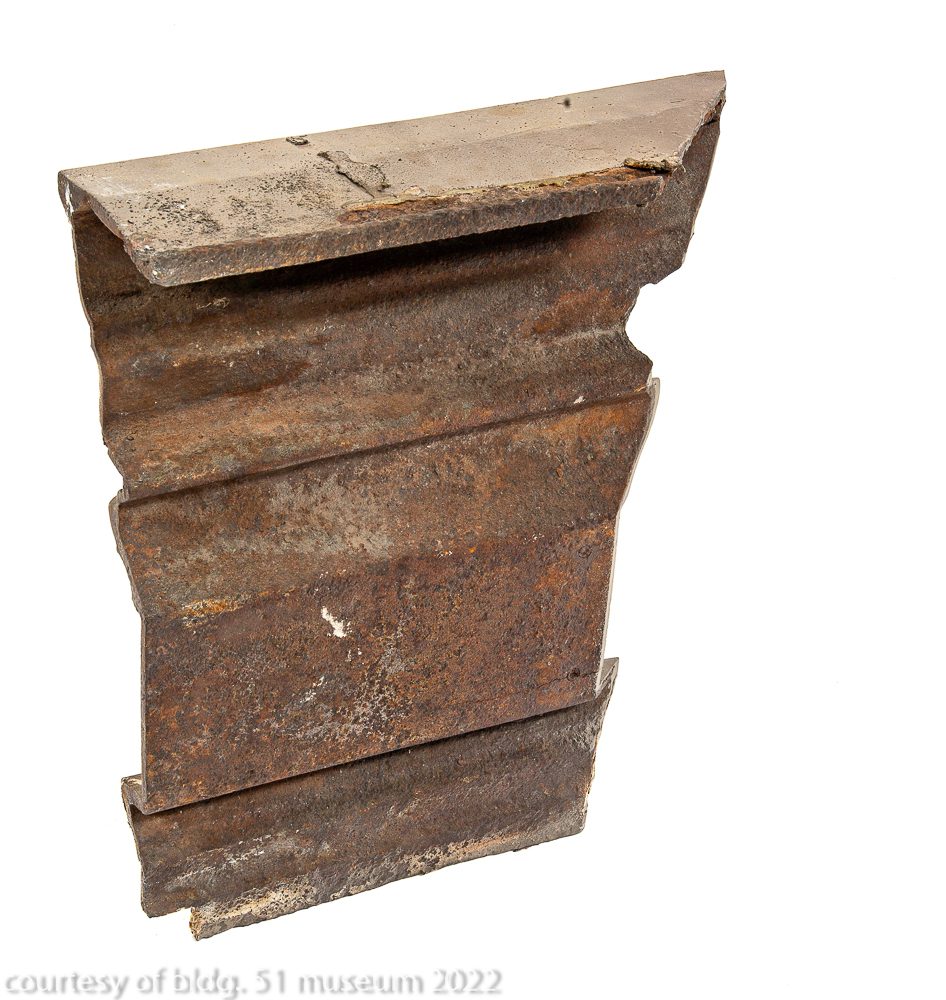
WORDLWIDE SHIPPING
If required, please contact an Urban Remains sales associate.
NEW PRODUCTS DAILY
Check back daily as we are constantly adding new products.
PREMIUM SUPPORT
We're here to help answer any question. Contact us anytime!
SALES & PROMOTIONS
Join our newsletter to get the latest information

